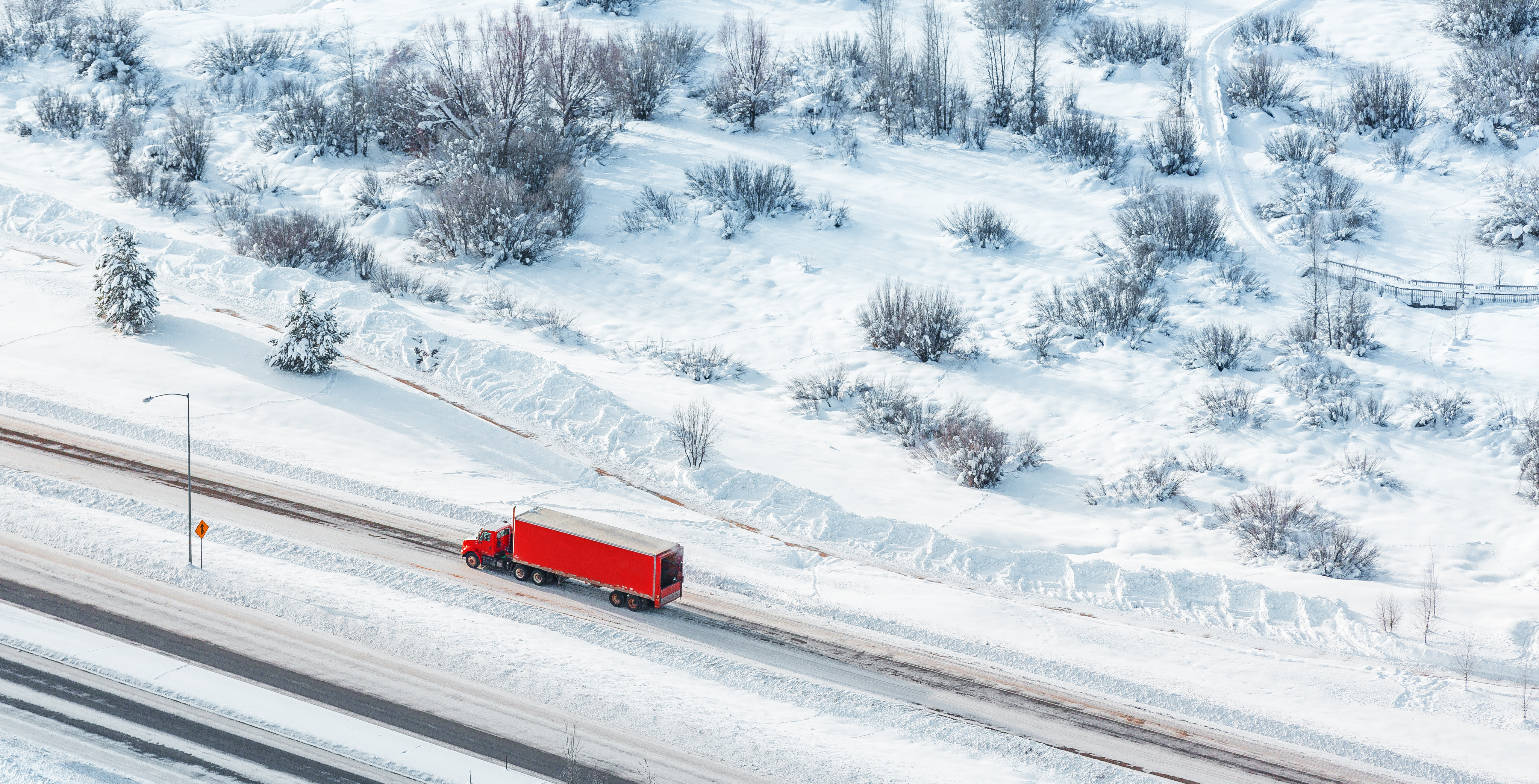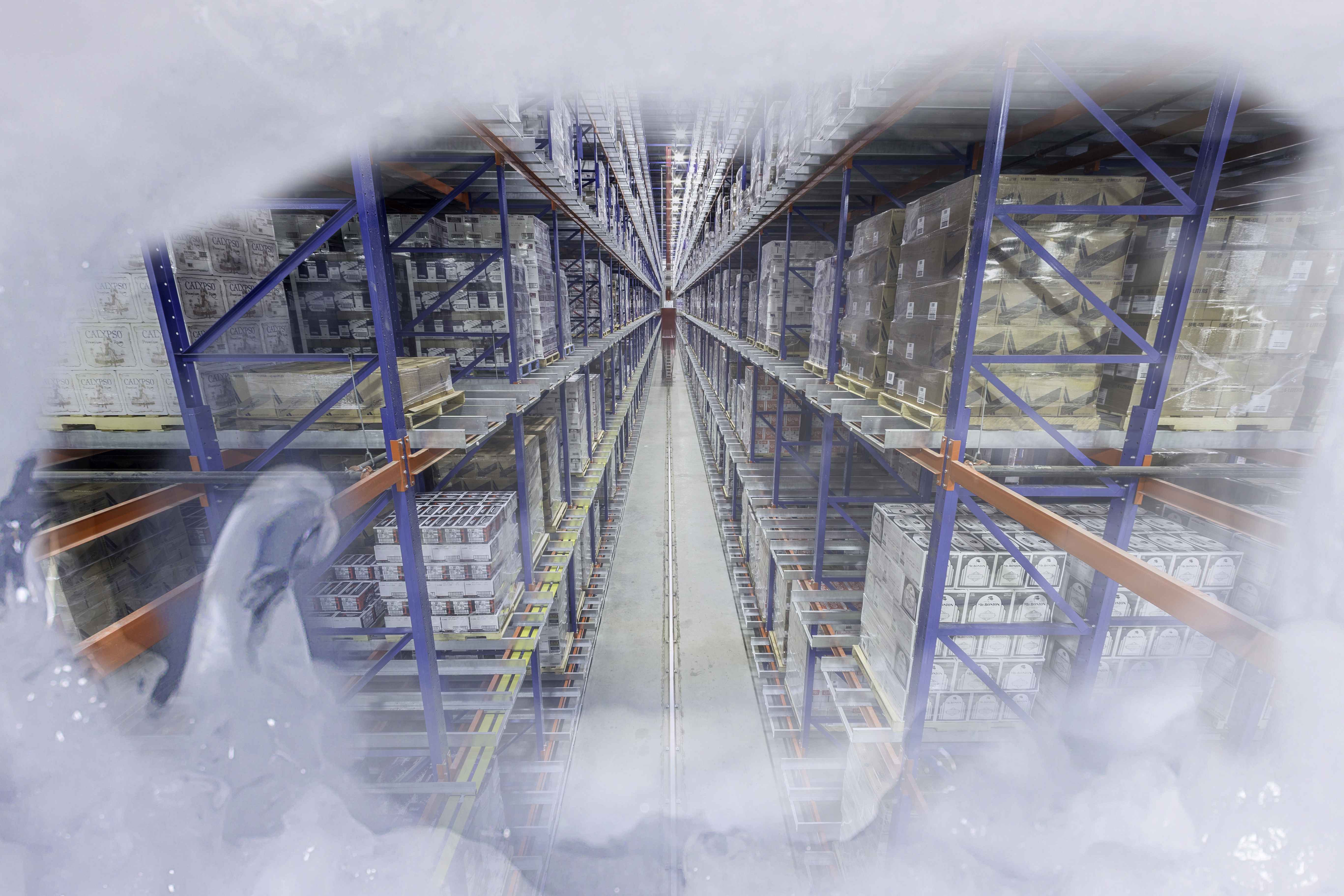October 24 2022

{image_1} The rise in supply chain challenges that have emerged as a result of unforeseen circumstances has created a domino effect in the warehousing industry, especially within the cold chain. Once a niche market, increased demand on the cold chain was accelerated due to the pandemic. According to Forbes, approximately 90% of third-party logistics respondents report that their companies plan to expand their cold chain capabilities and service offerings. Many respondents also noted that cold chain services are important to the future growth and development of their businesses.
As the cold chain industry continues to grow, the state of many existing cold storage facilities are deteriorating. According to Richard Thompson, international director of supply chain and logistics solutions at JLL, a global warehouse developer, 78% of cool and cold storage buildings in the United States today are more than 20 years old, and many were built of thick concrete limiting size and flexibility. As the global climate rises, the need for more cold storage space rises with it. This has initiated the exploration of cold chain solutions for more manufacturers than ever before. In addition to the aging of cold storage structures, the inability to expand the current facilities to enable growth is a concern. Due to a number of factors, including population growth and increased consumer demand, the need for expansion capabilities of manufacturing facilities is essential to the success of a business.
As the demand on the cold chain continues to increase and companies are searching for cold storage solutions, there are many obstacles that can stand in the way of business growth. Amid a worldwide labor shortage, the challenges of recruiting and retaining talent are prominent given the extreme working conditions inside a cold storage facility. The number of employees willing to work in these frigid temperature conditions is limited and those who are already employed are being paid premium wages and offered ample benefits and perks to stay. There are also increased health risks and concerns for employees that work in cold storage environments resulting in the potential increase of workers compensation claims and company insurance costs. According to the British Frozen Food Federation cold exposure, particularly for long periods of time, can be a trigger for certain underlying diseases or preexisting medical conditions such as asthma or cardiovascular conditions; thus, further limiting the number of employees that are able to work in cold storage facilities. Employee retention is also a concern. The manufacturing capabilities of traditional production facilities rely solely on the human workforce, making employee retention a priority. Not only is the current labor shortage and the “Great Resignation” a Human Resource nightmare, the shortage will also have long-lasting economic impacts on the manufacturing industry and has already initiated a domino effect on all other related industries.

For those reasons, manufacturers are turning to warehouse automation. Automated Storage/Retrieval Systems (AS/RS) create a buffer between supply chain disruptions and their impact on the manufacturing industry. While the initial investment in an AS/RS might seem like a tough decision to make, the benefits of automation far outweigh the challenges the industry is currently being faced with and payback can typically be achieved in only a few short years. One benefit of automation is eliminating human error and improving order accuracy, especially in an environment where time sensitive and perishable products are being stored. Other benefits include increased productivity and storage capacity. Westfalia’s automated storage solutions allow facilities to maximize storage space while minimizing building footprint by capitalizing on the unique attributes of AS/RS, such as heights reaching 150 feet, allowing building footprints to be greatly reduced.
Making the switch to automation can be particularly beneficial to a cold storage facility. Finding employees to work as efficiently and with the accuracy of an AS/RS in extreme working conditions is impossible. An AS/RS is designed to operate without restrictions or downtime in temperatures as low as -35°F. Compared to human labor in the same environment, there is far more downtime for breaks and shift changes resulting in less efficient work. It is also important to note that an AS/RS is not impacted by labor shortage challenges. Similar to the temperature challenges of a cold storage facility, the labor shortage and employee retention issues have far less impact on warehouse productivity because production does not rely solely on human labor. Since an AS/RS is capable of operating with significantly fewer employees than a traditional warehouse operation, there is less pressure to recruit and hire employees to ensure the warehouse will continue to run efficiently.
Those are just a few of the benefits of warehouse automation, specifically AS/RS, can provide to the cold chain and manufacturers today. However, the challenges these companies face aren’t always as black and white as they seem. Given the uncertainty in the manufacturing and supply chain industry today, it is more important than ever to evaluate the switch to automation alongside a trusted partner. Westfalia’s team of automation and data analysis experts are able to design a custom solution to address current warehousing challenges and your unique business needs. The time to turn to automation is now and taking the plunge into automation will help your company ensure supply chain resilience and prepare for future business growth.

